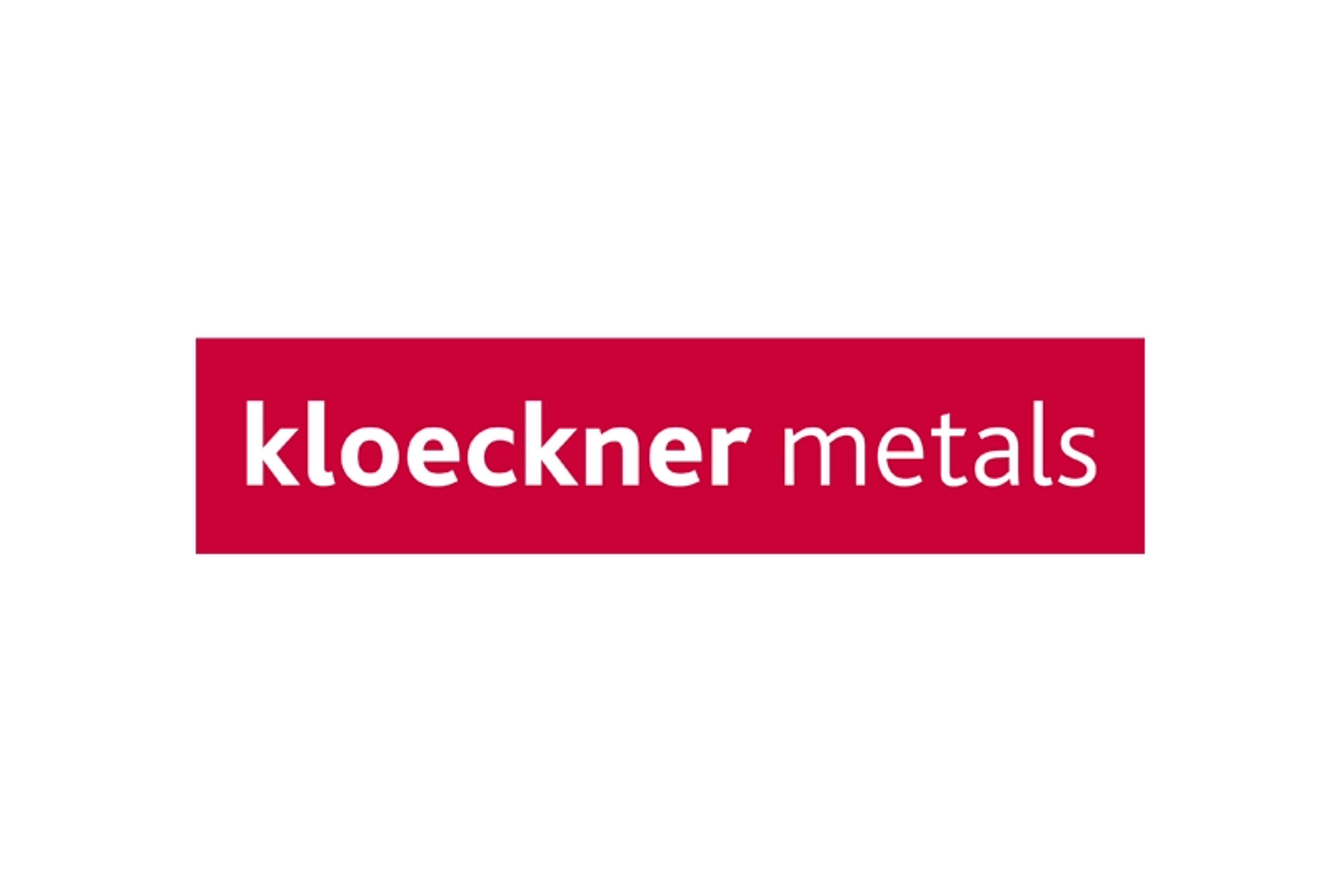Market Segment

January 25, 2022
SDI CEO: Steel Price Correction 'Natural', Moderate Rebound Possible
Written by Michael Cowden
The ongoing correction in steel prices is not a reflection of demand, which is strong now and is expected to remain so for the balance of 2022, Steel Dynamics Inc. (SDI) executives said.
Hot-rolled coil prices are roughly in line with published price ranges of $1,300-1,400 per ton ($65-70 per cwt), although a limited number of larger spot orders can be secured at lower figures, SDI President and CEO Mark Millett said during an earnings conference call on Tuesday, Jan. 25.
![]() “But these are not prevalent or reflective of the market in general,” Millett said of lower-priced deals.
“But these are not prevalent or reflective of the market in general,” Millett said of lower-priced deals.
“One must recognize that the spot hot band market has diminished in size over recent years as contract business has increased across the industry – therefore it is not necessarily a true indicator of the whole market,” he added.
The $1,300-1,400 per ton range that Millett noted is approximately 31% below a 2021 peak, recorded in September, of $1,955 per ton and 19.1% below $1,670 per ton just a month ago, according to SMU’s interactive pricing tool.
“These are natural market adjustments and not structural changes,” Millett said.
The price drop is the result of a variety of factors: new capacity, increased imports, inventories rebalancing, and what will probably prove to be a fleeting period of oversupply in November and December, he said.
“Contrary to recent alarmist commentary, the magnitude of the price correction is in no way connected any material deterioration in overall demand,” Millett said.
Case in point: The rig count – an advance indicator of demand for energy products such as oil country tubular goods (OCTG) – is up on higher energy prices. And with hot-rolled coil prices falling, SDI has seen a shift back toward welded OCTG and away from seamless products, he said.
Seamless tubulars are pierced from solid round bars. That process is usually more expensive than welding hot-rolled coil together. But that was not always the case as hot-rolled coil prices last year neared $2,000 per ton.
On the automotive side, domestic production is expected to rebound to 15 million vehicles in 2022 before climbing to 17 million units in 2023, following a chip shortage that limited production to 13 million vehicles in 2021 despite strong demand. And it’s hard to see how demand doesn’t remain strong with auto dealer inventories still historically low – 60% below the usual, Millett noted.
On the construction side, SDI expects strong residential construction demand to boost consumption of the steel products used to make appliances and HVAC systems. And the company is already seeing strong order backlogs from the nonresidential construction sector at its structural steel and downstream fabrication operations.
“After a short period of seasonally lower steel demand in November and December, our flat rolled order input rate in January was one of our best months ever – and backlogs are very healthy,” he said.
And some of the bearish trends causing concern now will prove fleeting. On the import side, swiftly falling U.S. prices mean that traders are finding it difficult to close transactions for steel scheduled to arrive in the second quarter, Millett said.
SMU has heard similar concerns expressed by market participants, who fear that material ordered now at an attractive price might be expensive by the time it arrives at port in the spring should U.S. prices continue to fall.
Millett also brushed aside concerns about bloated inventories. “Inventory levels have certainly normalized to the pre-COVID levels, but are more than appropriate for the present demand environment,” he said.
Domestic service centers held 3.19 months of flat-rolled supply in December 2021, up from 2.85 months in November and marking the highest point since 3.38 months in May 2020 – in the immediate aftermath of the COVID outbreak in North America, per SMU data.
But the market shouldn’t make too much of inventories rising in December, given that they are typically drawn down in the first quarter, Millett said.
SMU data reflects that trend too. North American service centers held 2.33 months of supply in December 2020, a figure that dropped to 2.00 months in January 2021. Service center inventories were 3.15 months in December 2019 before dropping to 2.39 months in January 2020.
And lead times are “back to manageable levels” after ballooning following an unexpected rebound in demand last year and an at-times “chaotic” scramble at SDI and across the industry to meet that demand.
SMU figures reflect that trend as well. Hot-rolled lead times now average 3.83 weeks, a roughly threefold drop from nearly 11 weeks in early May of 2021. But lead times in 2019 – a year not marred by the pandemic – were in a comparatively tight range of 3.38 to 4.84 weeks.
The takeaway: The steel industry has finally recalibrated and caught up to the stronger-than-expected post-COVID demand that drove prices to historic highs in 2021.
“And then when you catch up, what happens? Well, our industry is not perfect. And in general, it overshoots a little,” Millett said. That was what happened in November and December, particularly on the automotive side.
That should not blind buyers to the possibility of a “moderate rebound” in prices should import volumes contract later this year amid continued strong demand, he said.
By Michael Cowden, Michael@SteelMarketUpdate.com







